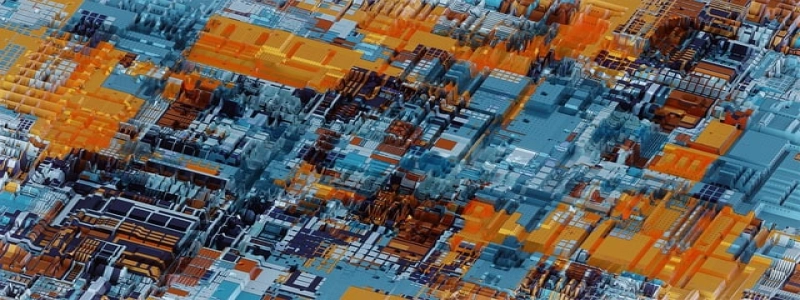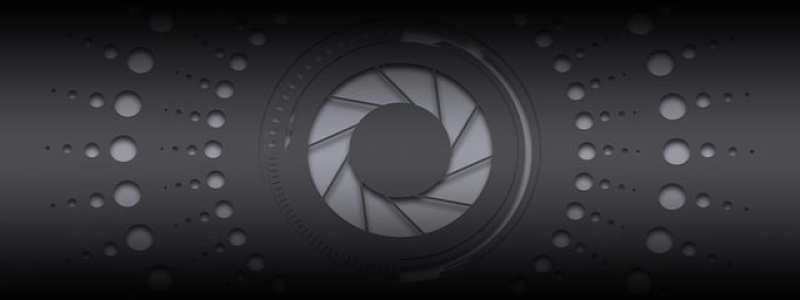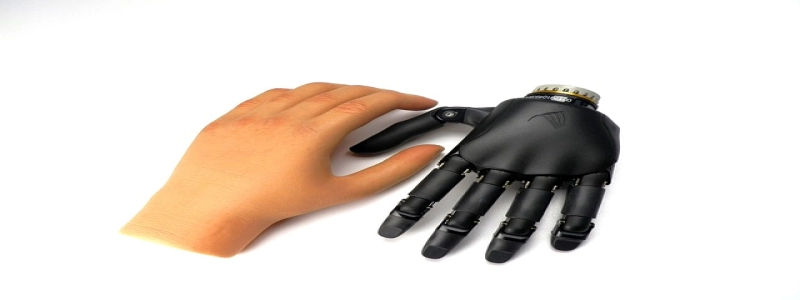Attenuate a Signal
Introduction:
In the field of electronics and telecommunications, attenuating a signal is a crucial process that involves reducing the amplitude or strength of a signal. This is often necessary to overcome issues such as excessive signal strength, interference, or to match the input signal level to that of the receiving device. In this article, we will explore the various methods used to attenuate a signal and their applications in different industries.
Methods of Attenuation:
1. Passive Attenuation:
Passive attenuation refers to the use of passive components to reduce the signal amplitude. The most common passive component used for this purpose is the attenuator. An attenuator is a resistor network that reduces the signal level by dissipating a portion of the input energy as heat. It consists of a series of resistors arranged in such a way that they create a path for the signal to pass through. The value of the resistors determines the amount of attenuation.
2. Active Attenuation:
Active attenuation involves the use of active components, typically operational amplifiers (op-amps), to attenuate the signal. Unlike passive attenuation, active attenuation can provide variable attenuation levels and is more flexible in terms of control and adjustability. Active attenuators are often used in applications where precise control over the signal level is required, such as in audio mixers or amplifiers.
3. Digital Attenuation:
With the advancement of digital signal processing techniques, digital attenuation has become increasingly popular. Digital attenuators use digital circuitry to reduce the signal level. They often employ techniques such as digital potentiometers or digital-to-analog converters to adjust the signal amplitude. Digital attenuation is highly precise, can be controlled remotely, and offers the ability to set different attenuation levels for different frequency bands.
Applications:
1. Telecommunications:
In telecommunication systems, attenuating a signal is essential to prevent signal distortion and interference. In long-distance communication, for example, the signal may encounter obstacles or noise that can degrade its quality. By using attenuators, the signal can be adjusted to the optimal level for transmission without distortion or loss of information.
2. Audio Systems:
In audio systems, attenuating a signal is necessary to match the output level of a source device with that of the receiving device. This ensures that the audio signal remains at an appropriate level and prevents distortions or damage to the audio equipment. Attenuators are commonly used in audio mixing consoles, amplifiers, and professional recording studios.
3. Medical Imaging:
In medical imaging, attenuation is employed to control the level of X-rays or other radiation used for diagnostic purposes. By attenuating the radiation, the exposure for the patient can be accurately adjusted to obtain clear images while minimizing the dose of radiation received.
Conclusion:
Attenuating a signal is a critical process in various industries, enabling the precise control and adjustment of signal levels. Whether in telecommunications, audio systems, or medical imaging, the methods of attenuation discussed in this article provide the necessary tools to ensure optimal signal quality, prevent distortions, and facilitate accurate data transmission. As technology continues to evolve, the demand for precise and versatile signal attenuation techniques will only continue to grow.








